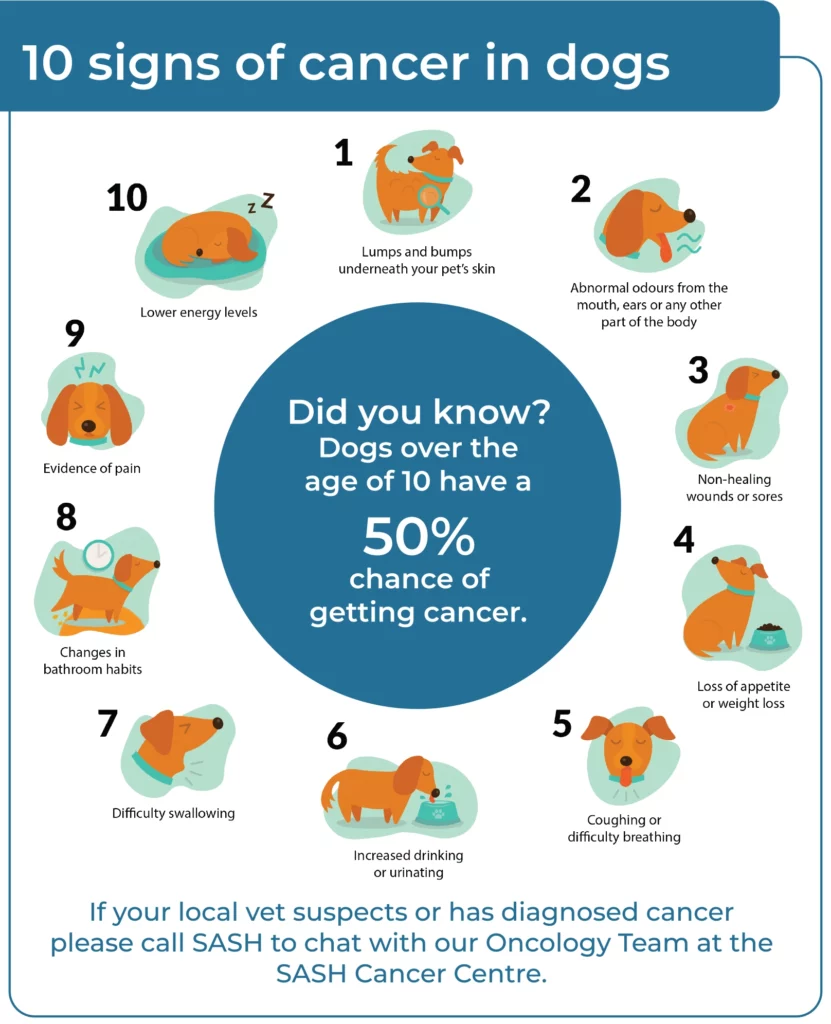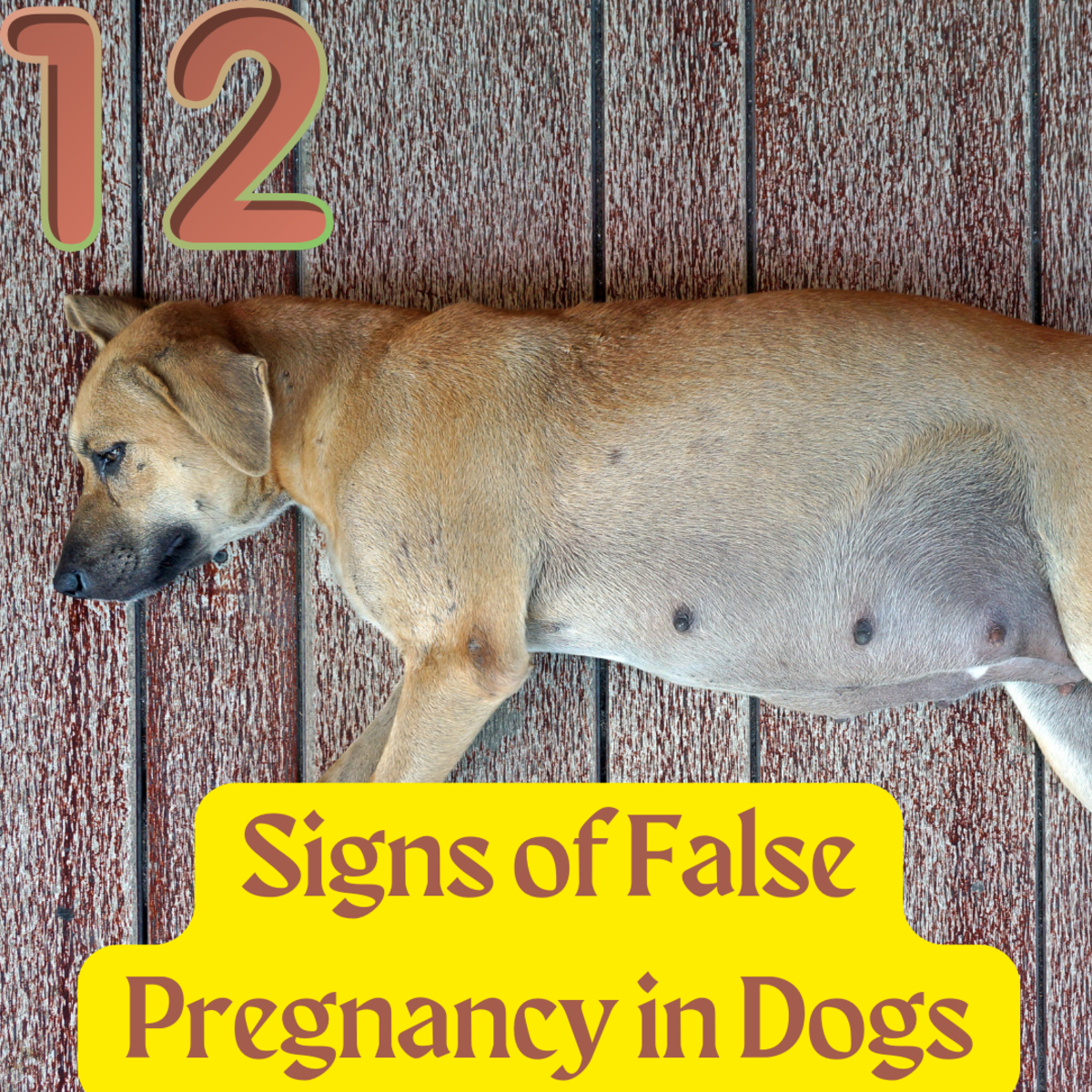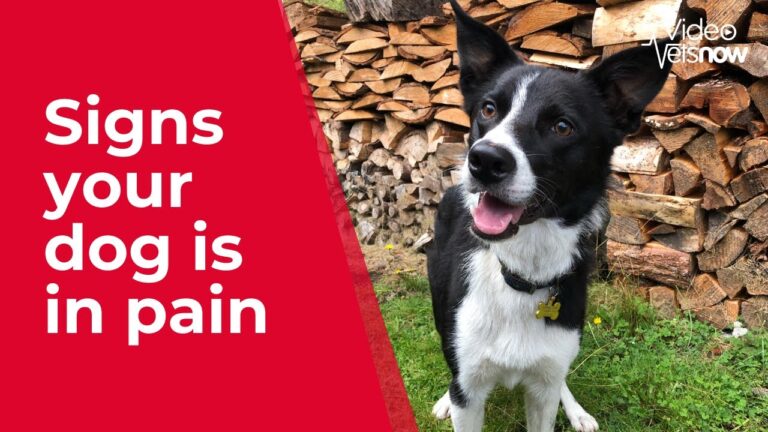If your dog has a cold, look for signs such as sneezing, nasal discharge, watery eyes, coughing, and lethargy.

Credit: sashvets.com
Understanding Canine Colds
Signs that your dog may have a cold include sneezing, coughing, nasal congestion, watery eyes, runny nose, and tiredness. It’s important to keep your dog hydrated and provide rest for a speedy recovery. If symptoms persist or worsen, consult a veterinarian.
What Are The Signs That Your Dog Has A Cold?
If you notice your furry friend sneezing and coughing, it might be a sign that they have caught a cold. Other common signs of a dog cold can include watery eyes, a runny nose, and even a sore throat. Just like us humans, dogs can also experience body aches when they have a cold. Pay attention to any changes in your dog’s energy level – if they seem less active or lethargic, it could be a sign that they are feeling under the weather.
How Do Dogs Act When They Are Cold?
When dogs are feeling cold, they may exhibit certain behaviors that indicate their discomfort. Some of the signs to look out for include shaking or shivering, a hunched posture with a tucked tail, and even whining or barking. To determine if your dog is cold or not, you can perform a simple “cool” test. Gently touch their ears, paws, and tail – if they feel noticeably cold, it’s a clear indication that they need to warm up.

Credit: pethelpful.com
Identifying Symptoms Of Canine Colds
Just like humans, dogs can also catch colds. It’s important to be able to identify the symptoms of a cold in your furry friend so that you can provide them with the necessary care and support during their recovery. Here are some common symptoms to look out for:
Sneezing, Coughing, And Nasal Congestion
One of the most noticeable signs of a cold in dogs is frequent sneezing and coughing. If you notice your dog having sudden and repetitive sneezing fits or a persistent dry cough, it could be a sign of a cold. Additionally, nasal congestion can also occur, leading to difficulty breathing through the nose. This can cause your dog to breathe heavily through their mouth or snore during sleep.
Watery Eyes, Runny Nose, And Sore Throat
Another set of symptoms to watch out for are watery eyes, a runny nose, and a sore throat. If you notice your dog’s eyes becoming excessively watery or their nose dripping with clear or thick mucus, it might indicate a cold. Additionally, your pet may exhibit signs of discomfort or pain when swallowing, suggesting a sore throat. It’s important to monitor these symptoms closely, as they can cause your dog distress and discomfort.
Lethargy And Decreased Energy Levels
When dogs are suffering from a cold, they often experience a decrease in their energy levels and overall activity. If you notice that your normally energetic and playful dog is suddenly lethargic or uninterested in their usual activities, it could be a sign of a cold. It’s important to provide them with ample rest and a comfortable environment to facilitate their recovery.
Treating And Caring For A Dog With A Cold
Is your dog showing signs of sneezing, coughing, nasal congestion, watery eyes, and fatigue? These could be symptoms of a cold. While most dog colds go away on their own, it’s important to monitor their symptoms and provide plenty of fluids to keep them hydrated during their recovery.
When your beloved furry friend is feeling under the weather, it’s essential to provide them with the care and attention they need to recover quickly. Treating and caring for a dog with a cold involves several key steps to alleviate their discomfort and help them heal. Let’s explore these important measures in detail.
Keep The Dog Well Hydrated
One crucial step in treating a dog with a cold is to ensure they stay well hydrated. Just like humans, dogs need plenty of fluids to help flush out toxins and maintain their overall health. Always keep a check on their water bowl to ensure it is full and fresh. You can also offer chicken soups specially formulated for dogs to provide them with extra nourishment and hydration.
Limiting Activity And Providing Rest
When a dog has a cold, it’s important to limit their physical activity and provide them with plenty of rest. Like humans, rest is vital for their recovery as it allows their body to focus on fighting off the viral infection. Encourage your furry friend to relax and take it easy during this time by creating a cozy and comfortable environment for them to rest.
Cleaning The Nose And Monitoring Temperature
During a dog’s cold, their nose may become congested and discharge may occur. It’s crucial to clean their nose gently and regularly to promote better breathing and relieve discomfort. Use a soft, damp cloth or canine-safe nasal drops to clean their nostrils. Additionally, don’t forget to monitor their temperature regularly using a dog-specific thermometer. If their temperature remains high or rises significantly, it may be a sign of a more serious underlying condition.
When To Seek Veterinary Care
While most dog colds resolve on their own with love and care, there may be instances where veterinary attention is necessary. If your dog’s symptoms linger or worsen despite home care, it’s crucial to seek professional advice. Additionally, if your dog develops other symptoms, such as loss of appetite, difficulty breathing, or a persistent cough, consulting with a veterinarian is highly recommended.
The key to successfully treating and caring for a dog with a cold lies in providing adequate hydration, rest, and cleanliness. By adhering to these practices and knowing when to seek veterinary care, you can help your furry companion recover quickly and get back to their happy and healthy selves.

Credit: www.huntersville.carolinavet.com
Frequently Asked Questions Of How Do I Know If My Dog Has A Cold
How Do You Treat A Dog With A Cold?
To treat a dog with a cold, keep them well hydrated by checking their water bowl and ensuring they get plenty of fluids. Chicken soup can help replenish fluids. Most dog colds will go away on their own, but if symptoms persist or worsen, consult a vet.
Signs of a dog cold include sneezing, coughing, nasal congestion, watery eyes, and decreased energy levels.
Do Dog Colds Go Away On Their Own?
Dog colds can go away on their own with love and care. However, if the symptoms persist or worsen, it’s important to take your dog to the vet to rule out any serious respiratory illness. Signs include sneezing, coughing, nasal congestion, watery eyes, runny nose, sore throat, and tiredness.
Rest and hydration are vital for recovery.
What Are The Signs That Your Dog Has A Cold?
Signs that your dog has a cold may include sneezing, coughing, nasal congestion, watery eyes, runny nose, sore throat, body aches, and lethargy. Rest is important for their recovery. If symptoms linger or worsen, it may be a more serious respiratory illness, so take them to the vet.
How Do Dogs Act When They Are Cold?
When dogs are cold, they may shake or shiver, have a hunched posture with a tucked tail, and may whine or bark.
Conclusion
Recognizing the signs of a cold in your dog is crucial for their well-being. Keep an eye out for symptoms such as sneezing, coughing, nasal congestion, watery eyes, and lethargy. Remember to provide your pup with plenty of fluids and monitor their temperature.
While most colds will go away on their own, it’s important to seek veterinary care if the symptoms persist or worsen. Show your furry friend some love and care during their recovery process.



